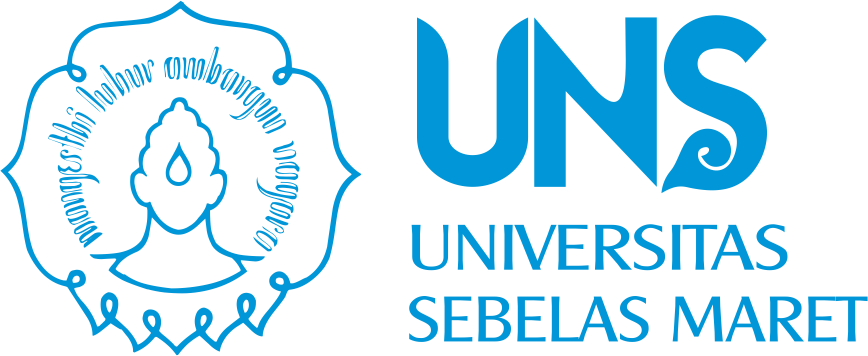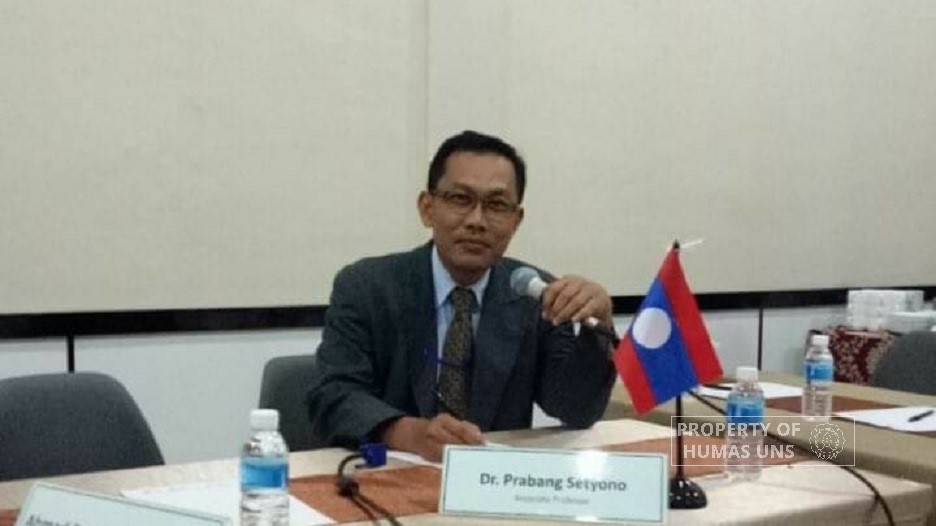UNS — According to the National Board of Disaster Mitigation (BNPB) data, until 15 April 2021, 1,125 disasters occurred in Indonesia. The number is not small considering its material, natural, and psychological impacts on people. Despite the impacts, these disasters can be classified into natural and environmental disasters.
Universitas Sebelas Maret (UNS) Surakarta Environmental Expert Dr. Prabang Setyono, M.Si., explained the difference between natural and environmental disasters. A natural disaster occurs due to changes in natural conditions, such as earthquakes, tsunami, and volcanic eruptions. In contrast, environmental disaster occurs due to human activities, such as floods and landslides. Dr. Prabang added that in the past, a flood occurs due to high rain intensity, but nowadays, floods occur because of the lack of water absorption area, reducing the supply of groundwater and excess surface water.
There are many causes of the decrease in water absorption areas, including rampant logging and land conversion into industrial complexes or housing. “So, it will be wise if (we) do not claim environmental disaster as a natural disaster. Blame the damaged nature. Who damage it? It should be traceable. We should not always blame nature,” Dr. Prabang emphasized.
Is It Possible to Take Care of Environment while Running the Economy?
As a developing country, Indonesia conducted all activities to improve its economy, including developing appropriate infrastructure. However, often such construction brings destruction to the environment. Unfriendly economic activities have damaged the once pristine nature. According to Dr. Prabang, this issue can be solved with environmentally friendly legal products or green legislation, besides monitoring economic activities to ensure that it sides with environmental sustainability.
“To reduce environmental damage while keeping the economic growth (we can) apply the green economy, green building, or green infrastructure,” he stated.
These green concepts have 4K principles kuantitas (quantity), kualitas (quality), kontinuitas (continuity), and keterjangkauan (affordability). Quantity means how used resources will be restored. For example, rattan harvest from the forest should target the old to ensure recovery of resources. Quality means maintaining the quality of resources used while considering the continuity of supply from nature. Lastly, affordability or ensuring that resource is affordable for all parts of the community. Humas UNS
Reporter: Ida Fitriyah
Editor: Dwi Hastuti


